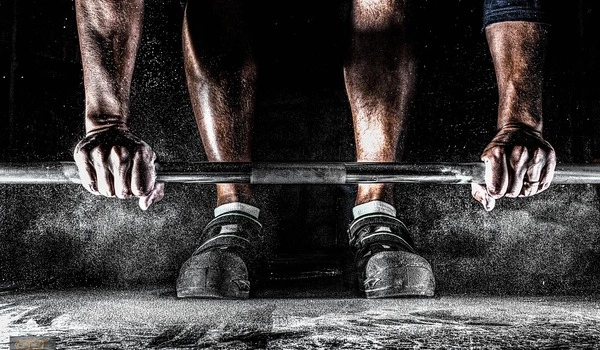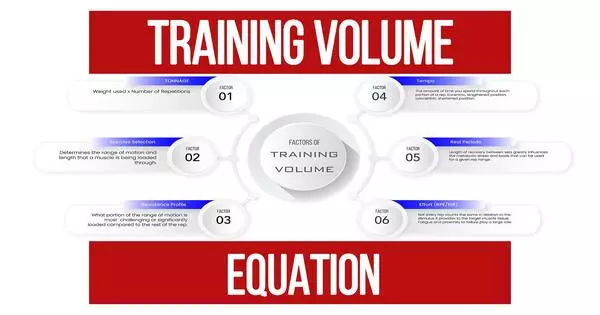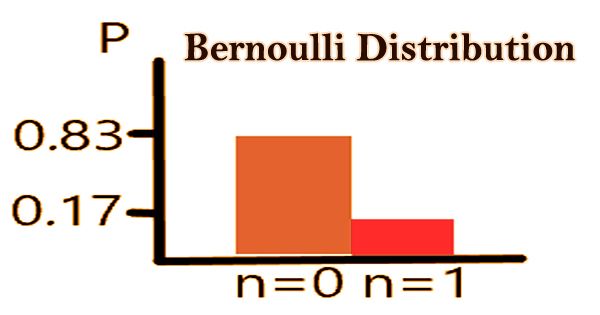The primary goal of most people who engage in resistance training is to gain strength and muscle mass. And, without a doubt, this activity is the most effective way to achieve these goals. However, in order for the training to bear fruit and optimize the expected results, it is necessary to manipulate the following variables: frequency, volume, intensity, load, rest between sets, exercise selection and order, speed of execution, type of contraction, and range of motion.
High-intensity isometric training is thought to be important for increasing strength. According to a recent study, training volume is more important for strength gain than training intensity. In this context, researchers investigate the relationship between interpersonal variability in training volume and strength gain. Their findings suggest that for people with a relatively high strength-to-weight ratio, training volume is an important factor in strength adaptations.
Exercise is essential for training, rehabilitation, and living a healthy lifestyle. Depending on the desired outcomes, these activities necessitate a different regimen. For example, an athlete, unlike a senior citizen, can engage in strenuous exercise. An appropriate training program design should thus be based on identifying and analyzing factors that influence individual training.
Previous research has shown that high-intensity isometric training improves strength more than low-intensity isometric training. A recent study, however, suggests that strength gain is primarily determined by total training volume. The product of the percentage of maximal voluntary contraction (MVC), the duration of contraction per set, and the number of sets per session is the training volume. Notably, the preceding conclusion is based on the average group response. Interindividual variables such as temporal strength changes and fatigue resistance, on the other hand, influence the actual training volume. As a result, it should be equal to the total impulse provided by the areas under the force-time training curves.
In our study, we compared the strength gains of muscle groups with different joint actions to resolve the inconsistencies in the existing research literature.
Prof. Akagi
In this vein, researchers from Japan, including Prof. Ryota Akagi of the Shibaura Institute of Technology (SIT) and Dr. Ryoichi Ema from Shizuoka Sangyo University, examined, in a recent study, the relationship between interindividual variability in strength changes and training volume. “In our study, we compared the strength gains of muscle groups with different joint actions to resolve the inconsistencies in the existing research literature,” elaborates Prof. Akagi. Their work was published in the journal Frontiers in Physiology.
As part of the study, 26 untrained healthy young men completed four weeks of isometric training, which involved either knee extension (KE) or hip flexion (HF). The training sessions, held three times a week, comprised four sets of ten three-second contractions, one every 20 seconds. The participants were made to exert maximum force as fast and hard as possible. Their efforts in each session, i.e., the training volumes, were estimated by calculating the areas under the time-torque curve of 40 contractions. In addition, the researchers assessed changes in the maximal voluntary contraction (MVC) torque (the peak value of each contraction) during KE and HF for the participants.
They found that the torque increased significantly in the KE and HF groups. Moreover, the corresponding MVC torque changes, training volume, and time course changes in total impulse were similar for both groups.

Next, the researchers further analyzed the collected data by subdividing the participants in each group into high and low responders based on the decreasing magnitude of MVC torque changes. The low responders had significantly higher baseline torque and training volume. They also had a faster and higher increase in the latter parameter. Moreover, the total volume was positively correlated with MVC torque changes, indicative of strength gain, in their case. Among the high responders, this correlation was observed only for the first week.
Finally, the responders showed no significant association between baseline strength and strength gain. The baseline determined only the training response of the participant (above or below average) in the training group.
The study, thus, establishes an association between total training volume and the magnitude of strength gains in the low responders. It suggests that the training volume may determine individual adaptation in participants with a relatively high strength-to-weight ratio a priori. The findings are applicable for athletes so that trainers could assess their training responses by investigating the strength-to-weight ratio at the baseline and the increase in training volume from the first session to the middle of training. The presented isometric resistance regimen can improve the MVC strength by approximately 20% regardless of joint actions.
“Improvement of muscular strength is important for maintaining good health and enjoying sports activities. In this regard, our work will contribute to developing effective and individual training regimens for everyone,” concludes Prof. Akagi, speaking of the future implications of the work.
















